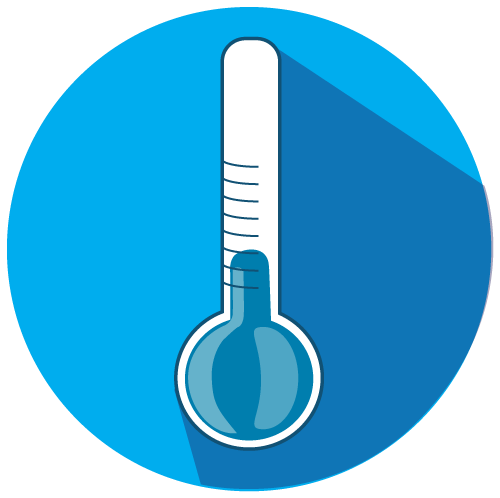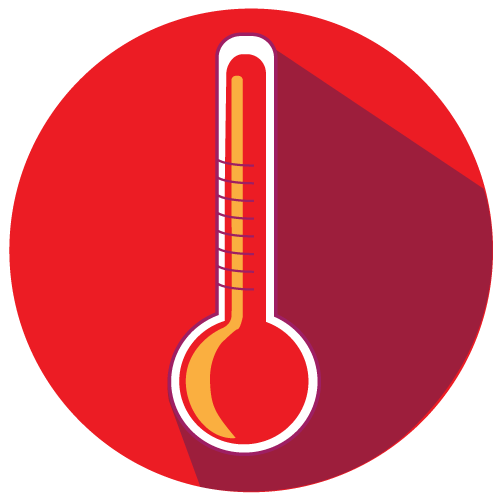Extreme Weather
The Earth is getting warmer. A warmer planet means more water evaporating from the ocean and lakes, which can lead to heavier rainfalls. A warmer planet also means increased likelihood of longer droughts and hotter heat waves.
It can be hard to link a specific storm or weather event to a changing climate, although the science of whether extreme events can be attributed to human-caused climate change has improved significantly in recent years. But we can predict and see broad changes over time. A warmer atmosphere increases the likelihood of more extreme weather events.
As an analogy, think about a pro baseball player before and after taking performance-enhancing steroids. He hit home runs before and after taking the drugs. Looking at his playing during the steroid period, you couldn’t say he hit a particular homerun because he was taking steroids, but they did become more common. The atmosphere is now “on steroids,” metaphorically speaking.
Watch this video to learn about the relationships between changes in average temperature, changes in temperature variability, and changes in extreme temperatures.
Extreme Weather in Central New York
EXTREME RAIN
Photo: Daniel Case, CC BY-SA 3.0
Extreme rainfall events have increased in Central New York since the mid-20th century. These are events where more than an inch or two) falls in a day.
This increase in heavy rainfalls is projected to continue in the future. The future will depend on how successful we are at preventing future warming by reducing greenhouse gas emissions.
Made with Visme
Data: Northeast Regional Climate Center, Intensity-Duration-Frequency Curves for New York State and Extreme Precipitation in New York and New England
Extreme rain causes extreme flooding
If you’ve seen the damage to buildings, roads, and streambanks that can result from just one heavy rainfall event, you know that even one more day per year with extreme rain can be devastating to our communities.
EXTREME HEAT
Image: National Weather Service
Extreme heat in Central New York is when the temperature reaches above 90°F. Humidity can make this temperature feel even hotter.
The number of extremely hot days is projected to increase in the future. The number will depend on how successful we are at preventing future warming by reducing greenhouse gas emissions.
Made with Visme


















